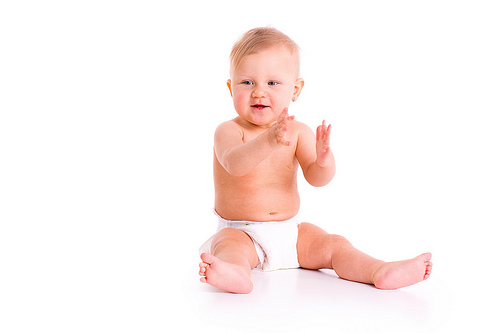What is baby bottle tooth decay?
November 8th, 2023

Great question! Baby bottle tooth decay is the development of cavities caused by the frequent and long-term exposure of a child's teeth to liquids containing sugars. These liquids include milk, formula, fruit juice, sodas and other sweetened drinks. The bacteria in the mouth thrive on this sugar and produce acids that attack the infant's teeth and gums. After numerous attacks, tooth decay can begin.
The first rule is to make sure your child does not fall asleep with a bottle containing milk, formula, juice or other sweetened liquids. Giving an infant a sugary drink before bedtime is harmful because the flow of saliva decreases during sleep, allowing the sugary liquids to linger on the child's teeth for an extended period of time. If left untreated, pain and infection can result.
So, how can you prevent baby bottle tooth decay? Be sure to clean and massage the baby's gums once a day to help establish healthy teeth and to aid in teething. When brushing your child's teeth, use a soft toothbrush, as well non-fluoride toothpaste. Once your little one is able to spit, around the age of two, you should begin using fluoride toothpaste. From the beginning, have your little one practice spitting the toothpaste out after brushing. That way, he or she will already have the good habit of spitting when you switch to fluoride toothpaste, which should never be swallowed.
Also, be aware that children should visit Dentistry for Children when they are between six and 12 months old. Please give us a call if your child hasn't visited our Creve Coeur or St. Charles office in the last six months!






